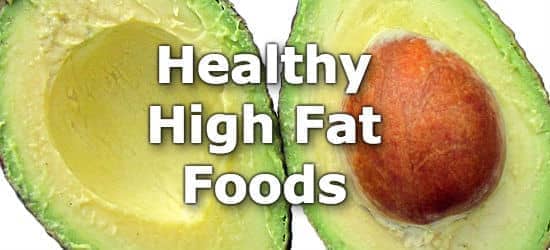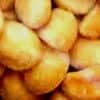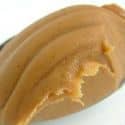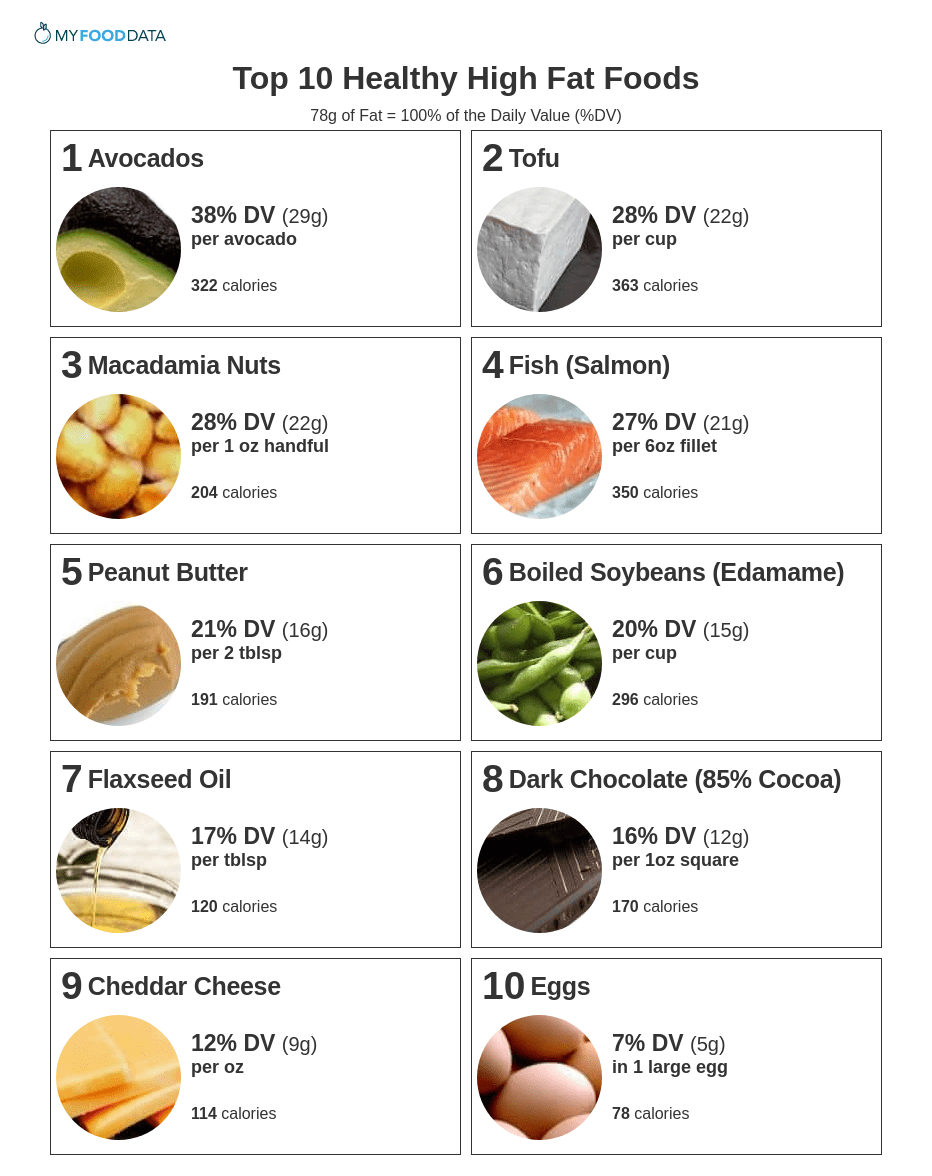Top 10 Healthy High Fat Foods

Fat is an essential macronutrient with a range of important functions, including insulating the body, helping us absorb vitamins, and acting as an energy store. Each gram of fat contains 9 calories, making it the most calorie-dense nutrient, and eating too much can therefore lead to weight gain.
Not all fats are created equal, however, and healthy fats are an essential part of a balanced diet. In fact, including some healthy fats and reducing your consumption of the less healthy types (trans fats and saturated fats) is extremely beneficial to health. In particular, it can reduce your risk of cardiovascular disease and other conditions associated with inflammation in the body, such as rheumatoid arthritis.
For more information, see the list of unhealthy high fat foods to avoid.
Healthy high-fat foods include avocados, tofu, nuts, seeds, fish, peanut butter, soybeans, flaxseed oil, cheese, and eggs. (1) The daily value (DV) for fats is 78 grams. (2) Below are the top 10 healthy foods highest in fat. For more, see the complete ranking of 200 foods high in fat.
List of Healthy High Fat Foods
 1 Avocados
1 Avocados| Fat per Avocado | Fat per 100g | Fat per 200 Calories |
|---|---|---|
| 29g (38% DV) | 15g (19% DV) | 18g (23% DV) |
More Fruits High in Healthy Fats
- 13g (20% DV) per cup of durian
- 2.3g (3% DV) in 5 medium olives
See the ranking of fruits high in fat.
 2 Tofu
2 Tofu| Fat per Cup | Fat per 100g | Fat per 200 Calories |
|---|---|---|
| 22g (28% DV) | 9g (11% DV) | 12g (16% DV) |
- 18g (23% DV) in 1 cup of tempeh
 3 Macadamia Nuts
3 Macadamia Nuts| Fat per 1 Oz Handful | Fat per 100g | Fat per 200 Calories |
|---|---|---|
| 22g (28% DV) | 76g (97% DV) | 21g (27% DV) |
More Nuts High in Healthy Fats
- 20g (26% DV) in 1 oz of pecans
- 19g (25% DV) in 1 oz of pine nuts
- 19g (24% DV) in 1 oz of walnuts
See the complete list of nuts and seeds high in fat.
 4 Fish (Salmon)
4 Fish (Salmon)| Fat per 6oz Fillet | Fat per 100g | Fat per 200 Calories |
|---|---|---|
| 21g (27% DV) | 12g (16% DV) | 12g (15% DV) |
More Fish High in Healthy Fats
- 30g (39% DV) in a 6oz mackerel fillet
- 26g (33% DV) in a 5oz herring fillet
- 11g (14% DV) in a 6oz tuna steak
See the list of fish high in fat.
 5 Peanut Butter
5 Peanut Butter| Fat per 2 Tblsp | Fat per 100g | Fat per 200 Calories |
|---|---|---|
| 16g (21% DV) | 51g (66% DV) | 17g (22% DV) |
More Nut Butters High in Healthy Fats
- 18g (23% DV) in 2 tblsp of almond butter
- 16g (20% DV) in 2 tblsp on cashew butter
- 16g (20% DV) in 2 tblsp of tahini (sesame seed butter)
 6 Boiled Soybeans (Edamame)
6 Boiled Soybeans (Edamame)| Fat per Cup | Fat per 100g | Fat per 200 Calories |
|---|---|---|
| 15g (20% DV) | 9g (12% DV) | 10g (13% DV) |
Other than soy, most beans contain very little fat.
 7 Flaxseed Oil
7 Flaxseed Oil| Fat per Tblsp | Fat per 100g | Fat per 200 Calories |
|---|---|---|
| 14g (17% DV) | 100g (128% DV) | 23g (29% DV) |
Other healthy oils include canola, avocado, walnut, sesame, and grapeseed. All of which provide 17% DV fat per tbsp.
 8 Dark Chocolate (85% Cocoa)
8 Dark Chocolate (85% Cocoa)| Fat per 1oz Square | Fat per 100g | Fat per 200 Calories |
|---|---|---|
| 12g (16% DV) | 43g (55% DV) | 14g (18% DV) |
- A whole 3.5oz bar of dark chocolate contains 42g (54% DV) of fat
- 45-59% dark chocolate contains 9g (11% DV) fat per oz
 9 Cheddar Cheese
9 Cheddar Cheese| Fat per Oz | Fat per 100g | Fat per 200 Calories |
|---|---|---|
| 9g (12% DV) | 33g (43% DV) | 17g (21% DV) |
More Healthy Dairy Products High in Fat
- 16g (20% DV) in a 16oz glass of whole milk
- 12g (15% DV) in a tbsp of butter
- 10g (12% DV) in a 16oz glass of low-fat milk
- 8g (10% DV) in a cup of whole yogurt
See all high fat dairy products.
 10 Eggs
10 Eggs| Fat in 1 Large Egg | Fat per 100g | Fat per 200 Calories |
|---|---|---|
| 5g (7% DV) | 11g (14% DV) | 14g (18% DV) |
Printable One Page Sheet

About the Data
Data for the curated food lists comes from the USDA Food Data Central Repository.
You can check our data against the USDA by clicking the (Source) link at the bottom of each food listing.
Note: When checking data please be sure the serving sizes are the same. In the rare case you find any difference, please contact us and we will fix it right away.
About Nutrient Targets
Setting targets can provide a guide to healthy eating.
Some of the most popular targets include:- Daily Value (%DV) - The daily value (%DV) is a general guideline for consumption that will prevent deficiency of a particular nutrient in most people. The %DV refers to the percentage of an amount that's found in a single serving of a food. It also accounts for absorption factors. It is set by the U.S. FDA.
- Recommended Dietary Allowance (%RDA) - The RDA sets an average daily dietary intake level that is sufficient to meet the nutrient requirements of nearly all (97.5%) healthy individuals. It's more specific than the daily value, and varies by age and gender. The RDA is set by the US National Instutites of Health.
- Reference Dietary Intake (%RDI) -The reference dietary intake is similar to the recommended daily allowance, but is specific to age and gender. The RDI for amino acids is set by the U.N. World Health Organization.
- Adequate Intake (%AI) - This value is primarily used in reference to omega-3 and omega-6 fats. The Adequate Intake is set by the U.S. Institute of Medicine. Because there is less evidence to determine the ideal targets for consumption of these nutrients, the specific amount is considered to be less reliable. Using the term Adequate Intake, rather than one of the other terms, helps to emphasize that the ideal intake of that particular nutrient has not yet been scientifically determined.
See the Guide to Recommended Daily Intakes for more information.
Want to set your own targets? Sign up for an account and set custom targets in the daily meal planner.From the Nutrient Ranking Tool
Use the ranking tool links below to select foods and create your own food list to share or print.
- Foods High in Fat
- Foods Low in Fat
- Vegetables High in Fat
- Fruits High in Fat
- Vegetarian Foods High in Fat
- Nuts High in Fat
- Grains High in Fat
- Beans High in Fat
- Dairy High in Fat
- Breakfast Cereals High in Fat
- Fast Foods High in Fat
View more nutrients with the nutrient ranking tool, or see ratios with the nutrient ratio tool.
Related
Data Sources and References
Try the recipe nutrition calculator, or daily meal planner.
Create a free account to log and track foods.
